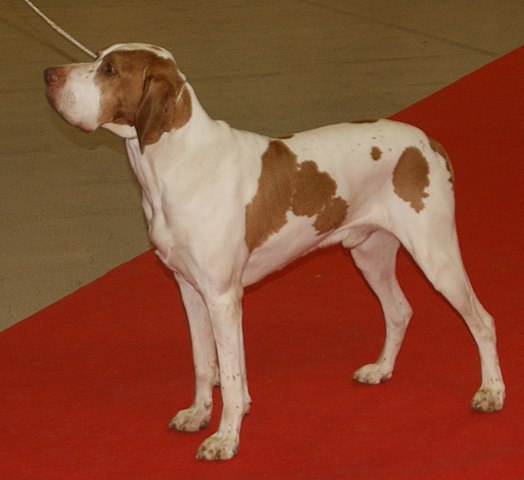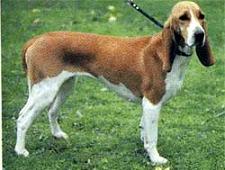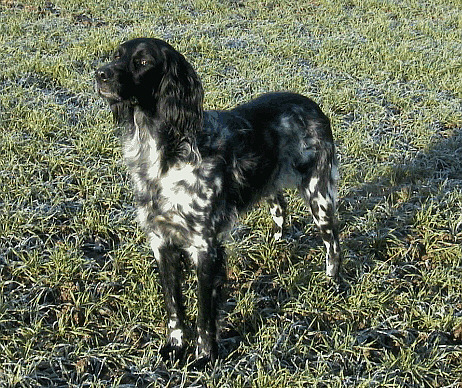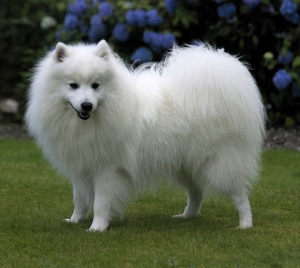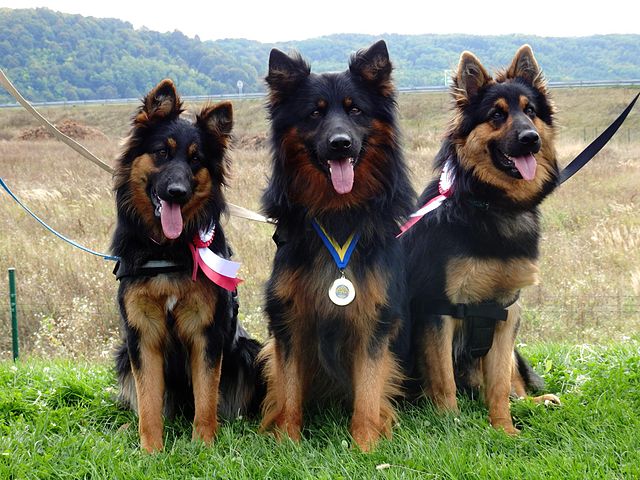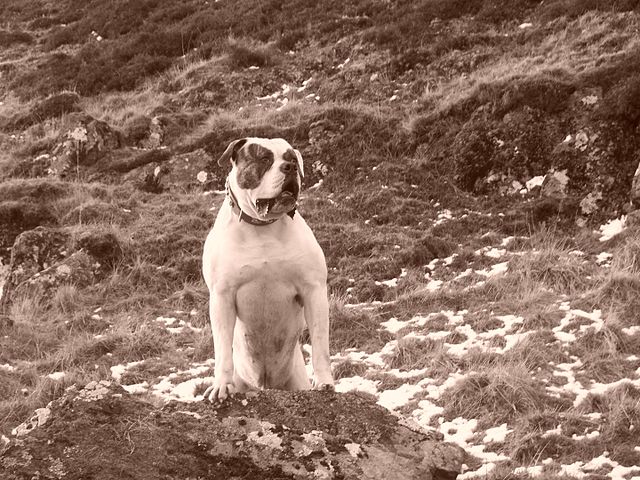The German Rough Haired Pointer, also known as the Stichelhaar in certain circles, is a versatile gun dog developed in the early 1900’s. He was used for pointing, tracking and retrieving both on land and in water. This is a hardy breed with a composed nature. When all is calm, he is easy-going and relaxed. When hunting he takes on a more daring and adventurous spirit! His stable temperament is one of his best assets, making him easy to live with in the home and out in the field alike. This said, as with many gun dogs he does require plenty of exercise and work – this is not a couch potato that will fit into a sedentary lifestyle.
Roughs are intelligent dogs although slightly sensitive and stubborn, so take note of these traits when training. A good foundation in obedience is highly advised, as well as working on any mouthiness issues while the dog is still a puppy. Furthermore, make sure to train a great recall as this breed has a high propensity for wandering as well as chasing small prey-like animals. Keeping the dog in a fence when not being supervised is definitely recommended, even with training. Because they require plenty of mental stimulation it is recommended to get them involved in a dog sport such as hunt tests/trials, competitive obedience, agility or rally. Doing so will give the dog a purpose and fulfill his willing-to-please attitude. This loyal pointer loves hard work, particularly when he gets to perform it with his owner!
The German Rough is a social breed who is friendly with people, children and other dogs. He tends to be gentle while still affectionate with family and friends, often exhibiting empathetic behavior when a human is having a hard time. He can be a great Emotional Support Dog in the right home, as well as excel in therapy work. This sympathetic soul can be a little sensitive to chronically overwhelming households (such as a household that is frequently loud) so party-people and other loud individuals might want to look elsewhere. He also has a hard time being left home alone for long periods of time, due to his social nature.
The Rough Hair is a rare breed in America which means that prospective owners from the United States will most likely need to import a puppy. Keep in mind that this process is a big commitment, as this active large dog will require lots of time and care for 12-14 years! If you are looking for a similar breed (with a comparable coat), look into the related German Wirehaired Pointer. Still a lot of commitment… but a little easier to find and talk to breeders. Both breeds have a wiry (although non-hypoallergenic) coat that comes in either solid liver or liver/white.
German Rough Hairs are fairly quiet dogs, tending not to bark without good reason. He will bark to alert to someone entering the property (although not likely to bite or attack). If the dog is barking frequently for seemingly no reason, it is a good time to ask oneself if the dog is getting enough stimulation – a bored or under stimulated dog (including both mental as well as physical exercise) can develop problem barking.
Rough Hair Pointers do best when kept in properties with a yard or, better yet – acreage. They don’t do well living in apartments. Other than this they are fairly adaptable as long as their needs are met. Unlike some other gun dog breeds, many even do well when living with elderly humans (again, as long as their needs are met)! A bit of “dog know-how” can definitely help in having a successful life with a Rough Hair. While the breed isn’t necessarily difficult, they have a few small quirks in which experienced dog owners will have an easier time managing than a first-time dog owner.
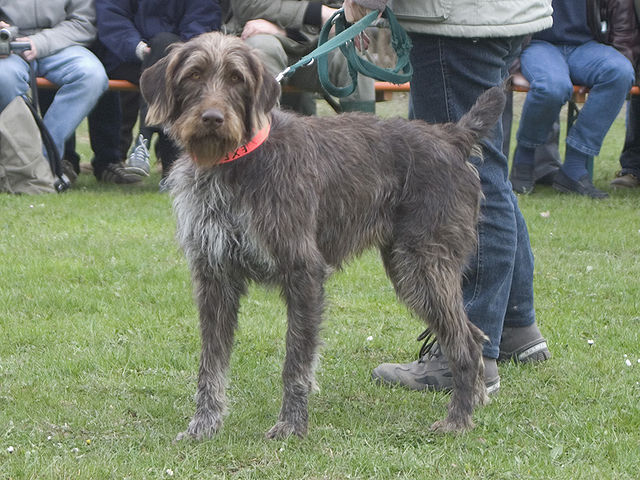
Photo By Alephalpha



